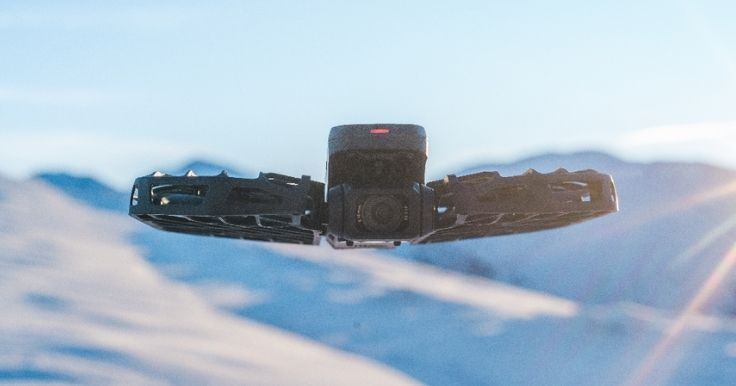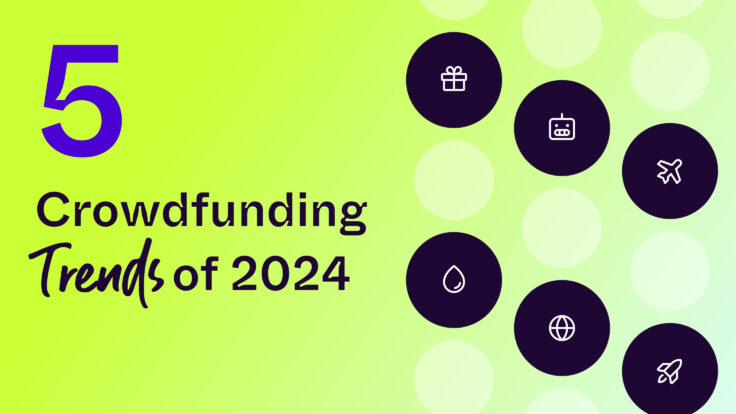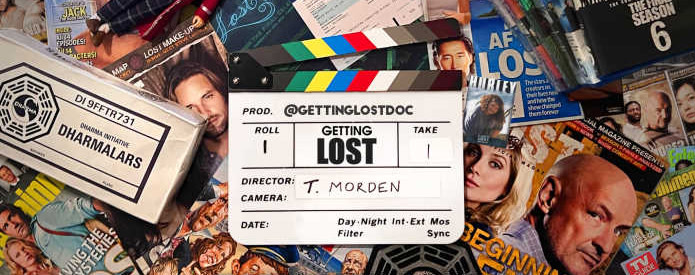
What do the folks behind the Kinsa Smart Thermometer, the ACTON BLINK eBoards, the PowerUp MacBook charger and the Arden Cove Theft-Proof Crossbody Bag have in common? They’re all savvy, capable entrepreneurs that have run successful crowdfunding campaigns. They also happen to be women!
Kate Drane, our Senior Director of Outreach, sat down with these ladies for a panel discussion at our Women of Innovation Hardware Happy Hour last week at the Target Open House in San Francisco. Here are the best practices they shared for crowdfunding success.
There’s a lot of work to do before your campaign launches
Erin Koehler, Head of Software Product at Kinsa, said that the most important thing she learned from Indiegogo was to develop a following for their smart thermometer long before launch. “We did a ton of work leading up to the campaign to build a following and get as many email addresses as we possibly could,” said Erin.
But that also meant staying on top of their followers in the period leading up to launch to make sure their campaign was still top of mind. “We scheduled an offsite retreat where everyone went through their entire rolodex of friends and family and reminded them that we were launching in 24 hours, and contacted them all over again right after it launched. You’re either going to make your goal in the first 24 hours or not make it at all.”
Luckily, Kinsa was a huge crowdfunding success. They raised nearly $200k for their oral thermometer and their ear thermometer, and are now sold at Target, Apple, CVS, Babies”R”Us and more. The story behind their smart thermometer resonated with parents who wanted a device that could create a record of their children’s health and provide advice based on their children’s age and temperature. The Kinsa team wanted to ultimately create a tool that would give people more control over the most important aspect of their families’ lives: their health.

Erin’s best crowdfunding advice: Don’t be afraid to get lo-fi prototypes in front of people as fast as you can. “Get feedback immediately,” said Erin. “It’s hard to make changes late in the process. After a certain point in development, you’re stuck with your choices for a while.” She said that getting a prototype in people’s hands is an essential part of finding your audience. “Otherwise you could spend a lot of time building something perfect and find out nobody wants it.”
Erin also warned potential crowdfunders not to forget about how much work goes into packaging. “A lot of people don’t realize how hard packaging is and how detail oriented you need to be — especially if you plan to get sold in retail stores,” she said. “It sucked a lot of time from our team. Many teams put most of their energy into their product, but forget about packaging.”
Treat every day as your last day (to crowdfund)
“It really surprised us how much testing it takes to make your product what you want,” said Janelle Wang, the cofounder and CEO of ACTON. ACTON has been around over 3 years now, but still encounter unexpected challenges all the time. They’ve found the best way to deal with surprises is to give themselves plenty of time to figure them out. “You don’t want to rush to market,” she said. “Finding the perfect product iteration always takes longer than expected, so give yourself plenty of room to launch.”
Janelle and her team wanted to create smart, wearable transportation. So they designed the ACTON BLINK, a powerful electric skateboard that allowed riders to go longer distances and conquer steep inclines. They wanted to create a board that commuters could use for entire commute — even living in a hilly place like the San Francisco Bay Area, where the company was founded. It raised over $1.4 million during their crowdfunding campaign and are now available at Best Buy, Walmart and Newegg, to name a few.
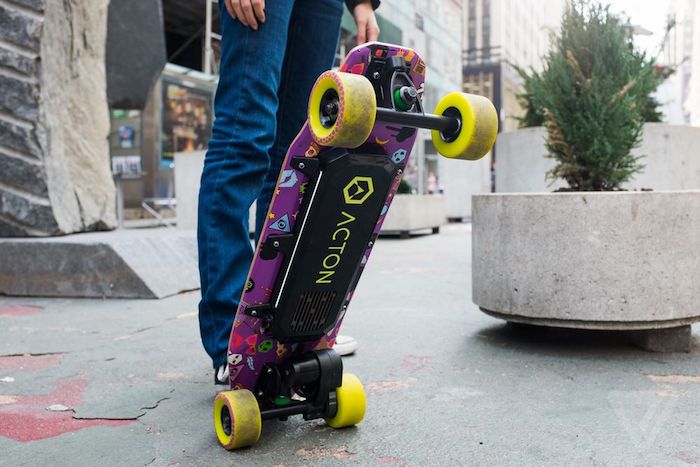
Janelle’s best crowdfunding advice: Treat every day of your campaign as critical. “Everyone says the first day of your campaign is super important,” she said. “But really, every day is critical. Treat every day as the last day of your campaign. If there’s a day when the traffic is slow, get the team together and talk about what you need to do to improve.”
That means not being afraid to tweak your campaign page. “We changed the language on our page several times during the campaign. Figure out all the ways you can maximize your potential to reach people,” she said. “Crowdfunding is a long road. Every day is a big day.”
Don’t try to accomplish too much at once
When Homey Labs developed the PowerUp, a MacBook charger with extra USB ports, they wrote down all the features they wanted on post-it notes and put them on the wall. Then they prioritized what they wanted to include in their first iteration. “We have a small team, and trying to achieve too many things at once is distracting,” said Hannah Lin, Founder of Homey Lab. “We made plans. ‘In Q2, we’ll do this. In Q3, we’ll do that.’ You can go fast with a small team, but you have to stay focused.”
Homey Lab made the PowerUp for Mac users who don’t want to worry about juggling multiple chargers. Since it has USB charging ports for 3 additional devices, it’s the only charging station consumers need. It eliminates clutter, frees users from having to cram their electrical outlets with chargers and costs far less than buying Mac accessories individually.
Hannah and her team knew the importance of getting a product into the hands of potential customers. She and her team got themselves in front of users and let people use their product firsthand. “People want to know how your product works,” she said. “It helps if people can meet your team members and get to touch and feel your product.” It worked: They raised almost $400k on Indiegogo.
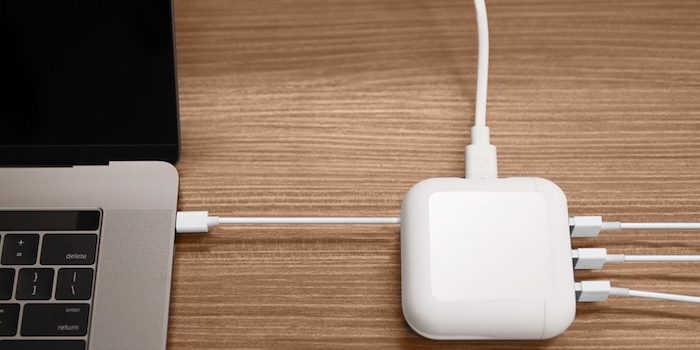
Hannah’s best crowdfunding advice: “Know your audience. You can spend a ton of money and get not that great results, or, with the right targeting, you can spend very little money and get 10x the results,” she said. “Do your homework and optimize your approach.”
Don’t be afraid to go for it
The sisters behind Arden Cove didn’t have any experience designing bags when they decided to develop a stylish, theft-proof purse. All they knew is that they wanted to make an incredibly practical bag for women travelers. “We would just ask around at the factory we work with if we could do this or that, and they’d tell if it was possible,” said Karin Yuen, Co-Founder of Arden Cove.
The pair have been building things together since childhood. They always seemed to be partnering on a creative hobby, whether it was baking cakes, making clay models or building websites. But founding a company was a whole new experience for them. Inspired by their shared love of travel, they decided to design their dream travel bag.
They made their project a reality by raising $24k through crowdfunding, and decided that one of the best things they could do was gather audience feedback from backers on their campaign. After they shipped their bags, they waited a month and then sent out a survey to ask for feedback on what their buyers thought of their bags after getting some time to wear them and use. They wanted to learn what was working — and what wasn’t. What did their buyers want to see in future designs? “We wanted to figure out which features were the most important and in demand. And to learn how people determined which features the most important to them. We wanted to see what issues kept coming up over and over again,” said Karin. “We really wanted these bags to be super practical and functional, so we paid close attention to what people needed.”
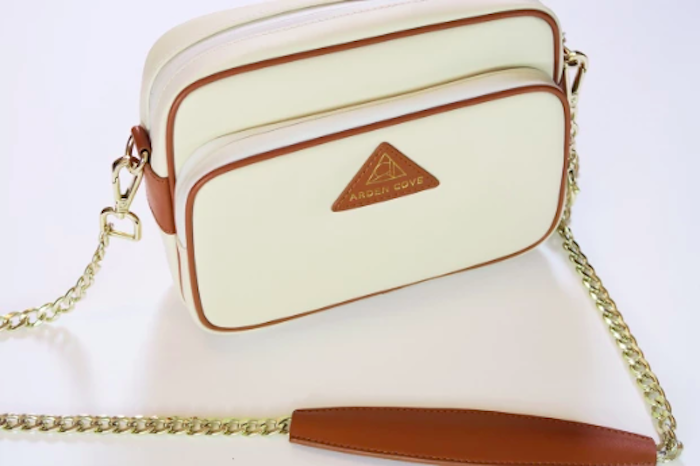
Karin’s best crowdfunding advice: It all comes back to the story. “Figure out what story you want to tell. Learn what people want and what they’re missing. Learn how to frame it in a way people care about.”
“Do a lot of research before you launch your crowdfunding campaign to find out what will work,” said Karin. “But don’t be afraid to just do it.”
Want to learn more about launching a successful crowdfunding campaign? Read Indiegogo’s guide to getting more backers to start building a community around your project.
